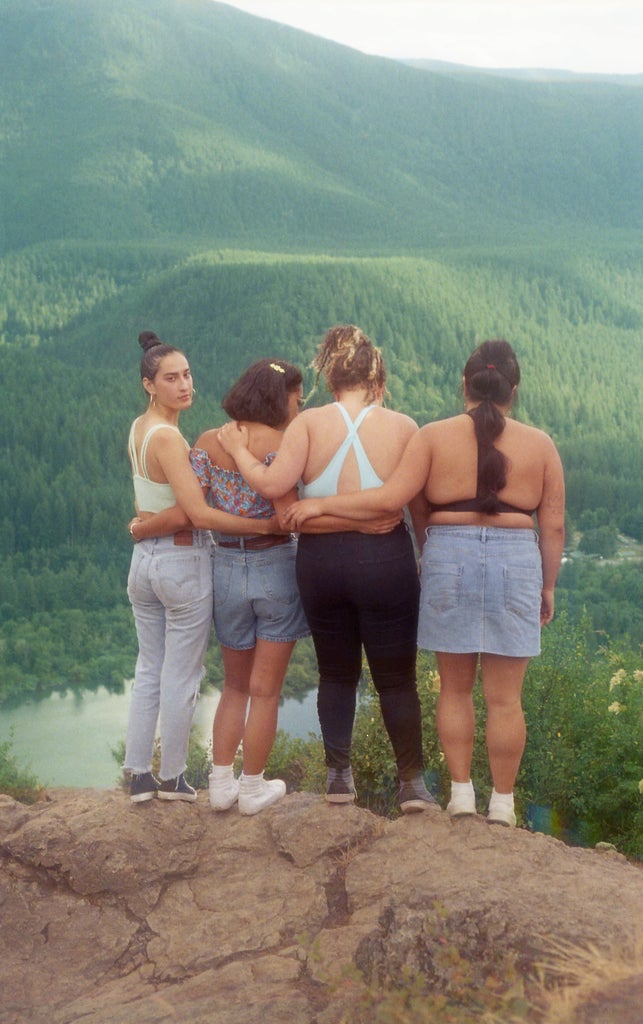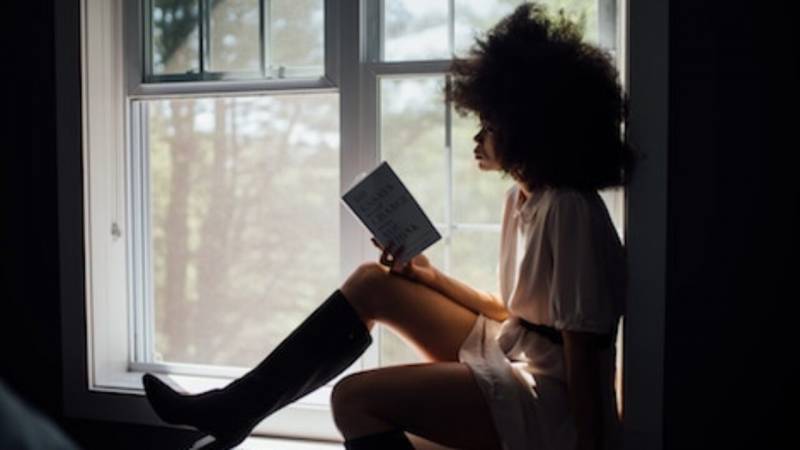Since Carl Jung’s initial work on the subject in 1923, the introverts vs. extroverts debate has come a long way. As we know now, there is so much more to introversion than just not wanting to be around people. You can be an introvert and still enjoy hosting gatherings and getting out of your comfort zone. Various introverts may be entirely different because — beyond the fact that no two people are the same — research tells us that introversion isn’t really black and white and can manifest in different ways.
In a 2011 study, psychologists Jennifer Grimes, Jonathan Cheek and Julie Norem challenged the idea that introversion is a blanket term, instead, dissecting it into different types that impact people differently. Within their proposed framework there are four main types: social introversion, thinking introversion, anxious introversion and restrained introversion.

Ahead, we break down the four kinds of introversion and the different ways they impact people.
Social Introversion
Social introverts favour solitude more than most people. Or, they tend to choose small groups of people over larger gatherings when they socialise. It’s not that they can’t enjoy themselves in social situations, but it speaks to their preference.
The main reason for this is that instead of feeling energised by others and their external surroundings like people that are extroverted, social introverts find that these situations drain their energy.
Thinking Introversion
Thinking introverts are highly introspective and creative. They don’t need to recharge by themselves, but they do thrive creatively and mentally on their own, utilising ‘me time’ to self-reflect and explore ideas internally.
These people aren’t necessarily hyper-analytical but can get lost in their imagination, potentially coming off as a bit aloof when they’re really just processing the question or situation. Oh, and they’re prone to zoning out, so go easy on them. They tend to get mistaken as being passive because they’re not quick to react but they’re likely just digesting what’s going on, and prefer to get back to people at a later time.
Anxious Introversion
The anxious introvert is often reserved, and may even appear on edge or nervous because they’re quick to get stressed, particularly when tense situations arise.
These introverts will most likely avoid people and settings that exacerbate their anxiety. It might come off as avoidant or rude, but it’s all just their protective defence mechanism at work. It doesn’t mean they don’t like company, but they’re just aware of their comfort zones and don’t like their boundaries crossed.
Restrained Introversion
Less about the mental side of introversion and more on the behavioural end, restrained introverts tend to be more guarded in their approach to life. This makes them practical and grounded; think responsible and careful over aloof and imaginative.
Because of their propensity to consider every outcome, they enjoy predictable activities and can detach from their emotions with ease.
While people can have multiple types of introversion, and even gain and lose these traits as they grow, what the different types really speaks to is the boundaries we draw in various areas of our life. And a better understanding of what we need to function at our best is never a bad thing.
Refinery29 by Pema Bakshi




